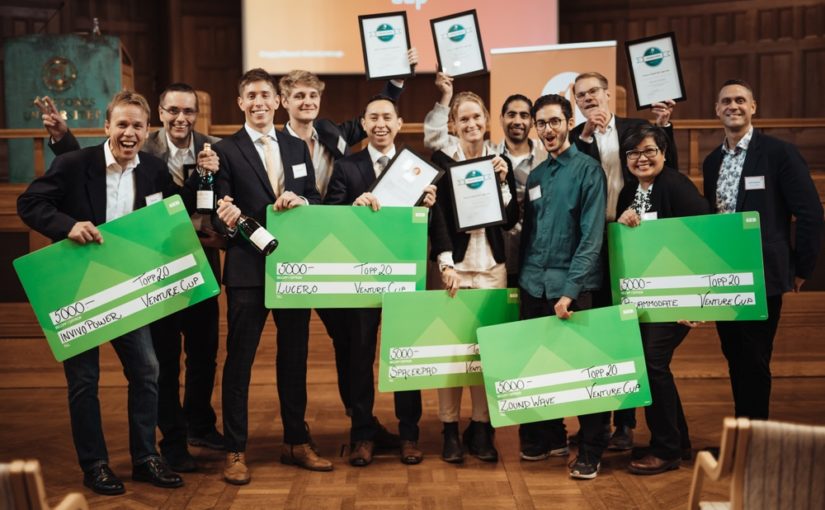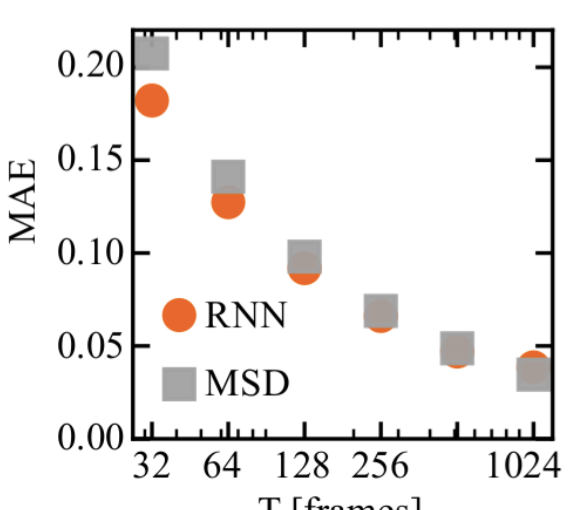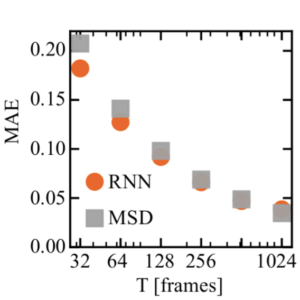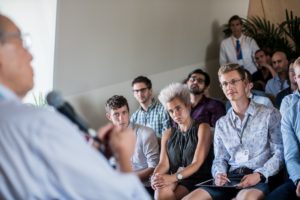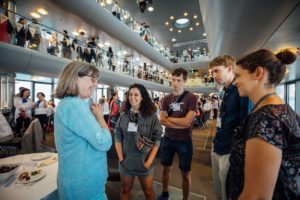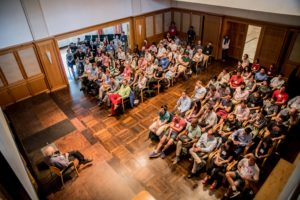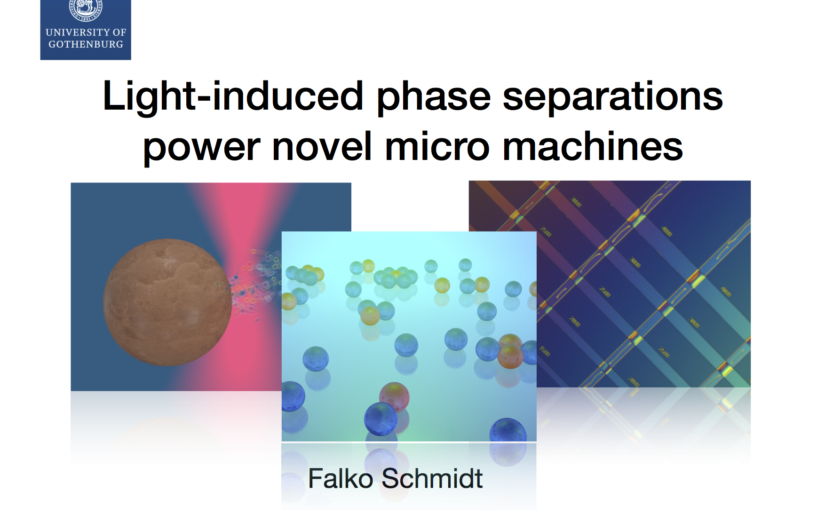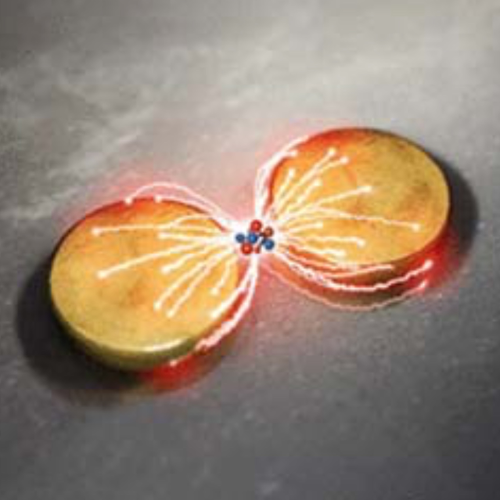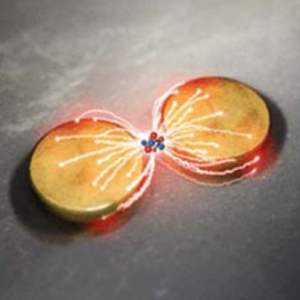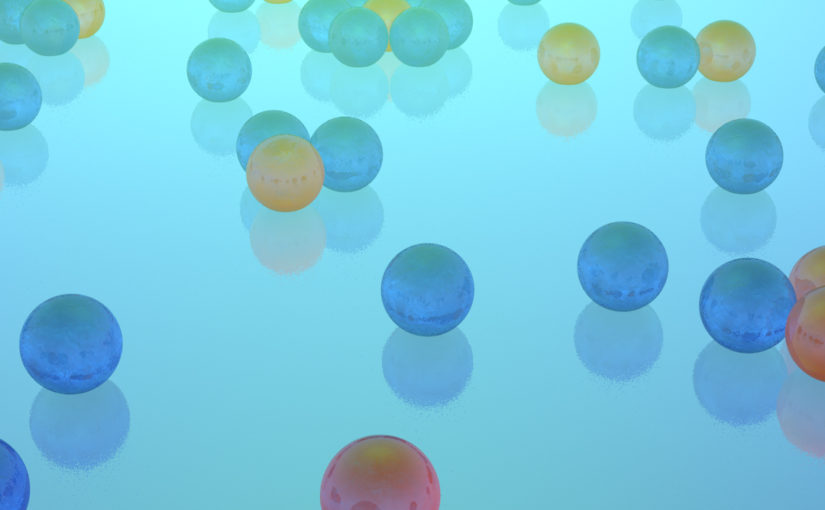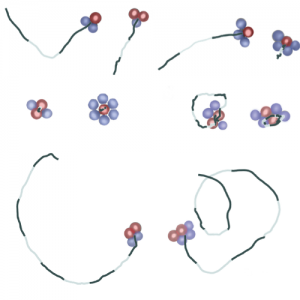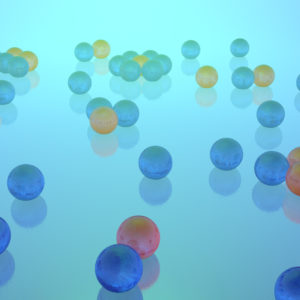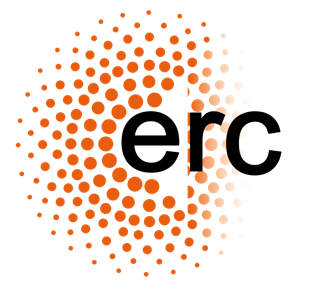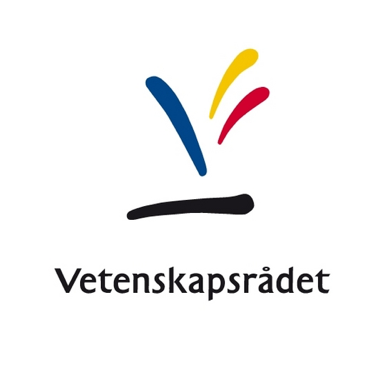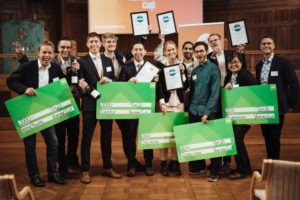 Falko Schmidt and other researchers at the University of Gothenburg, in collaboration with Business students at the Chalmers School of Entrepreneurship, have received early acclaimfor their Start-up idea “Lucero Bio”.
Falko Schmidt and other researchers at the University of Gothenburg, in collaboration with Business students at the Chalmers School of Entrepreneurship, have received early acclaimfor their Start-up idea “Lucero Bio”.
Lucero Bio was ranked among one of the top 5 business ideas in West Sweden by Venture Cup Sweden. Out of the 376 ideas that were submitted to the competition, nearly half came from the western region of Sweden.
The start-up is aiming to make cutting-edge laser technology easy to use and available to anyone by combining it with commercial microscope. The product and software combo utilizes optical tweezers in a brand-new way – and bridges the gap between physics and other scientific fields that would greatly benefit from easier access to this tool.
Team components: Christopher Jacklin, Rich Zapata Rosas, Felix Mossberg, Falko Schmidt, Alejandro Diaz Tormo and Martin Mojica-Benavides.
More information:
Press release, in Swedish.
Top 20 list of the 2019 winners, in Swedish.
